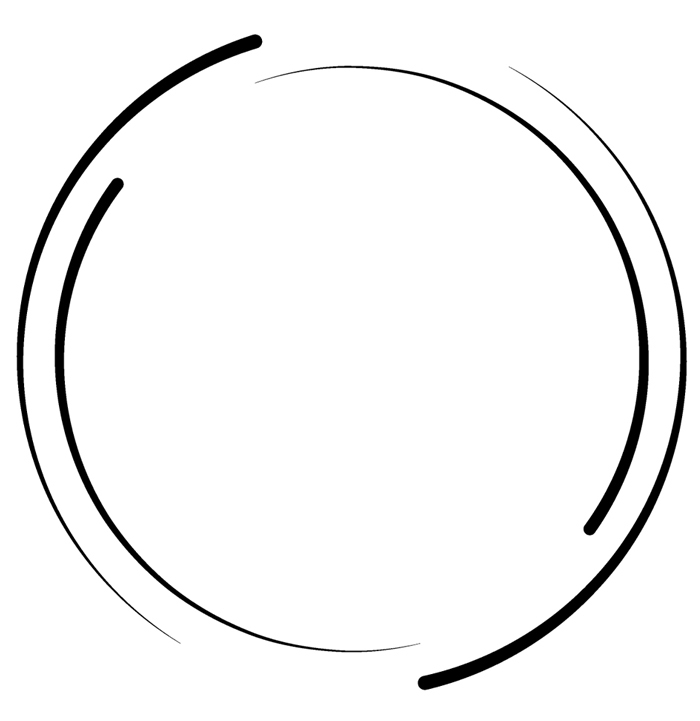Leading Diaphragm Valve Manufacturer & Supplier
If you are looking for a reliable Diaphragm Valve Manufacturer & Supplier in Mumbai, India, we offer high-quality, precision-engineered diaphragm valves that meet global industry standards. Our diaphragm valves are designed for superior performance, ensuring long-term durability, efficiency, and leak-proof operation in various industrial applications.
What is a Diaphragm Valve?
A diaphragm valve is a type of valve that uses a flexible diaphragm to regulate or stop the flow of liquids, gases, or slurries. The diaphragm is positioned between the valve body and the bonnet, providing a tight seal and preventing contamination. These valves are commonly used in industries requiring high purity, corrosion resistance, and precise flow control.
Features of Diaphragm Valves
- Leak-proof Operation – Ensures a secure seal, preventing fluid leakage.
- Corrosion Resistance – Made from high-quality materials such as stainless steel, PTFE, and elastomers to resist chemical corrosion.
- Compact & Lightweight – Ideal for installations with space constraints.
- Hygienic & Sanitary Design – Suitable for industries such as pharmaceuticals, food processing, and biotechnology.
- Easy Maintenance – The simple structure allows for easy inspection and replacement of the diaphragm.
- Manual & Actuated Options – Available in both manual handwheel and automatic pneumatic/electric actuator models.
- Pharmaceuticals & Biotechnology – Ensures sterile and contamination-free fluid handling.
- Food & Beverage Processing – Maintains hygiene and prevents bacterial growth.
- Water Treatment Plants – Regulates and controls the flow of treated and untreated water.
- Chemical & Petrochemical Industries – Handles corrosive chemicals with high reliability.
- Mining & Metal Processing – Controls slurries and abrasive media effectively.
- Power Plants – Regulates steam and fluid flow for efficient operations.
- Excellent Flow Control – Provides precise regulation of fluids with minimal pressure loss.
- No Contamination Risks – The diaphragm prevents the fluid from coming into contact with moving parts.
- Versatility – Compatible with various materials, including acids, alkalis, and slurries.
- Long Service Life – Durable construction ensures extended operational life.
- Cost-Effective – Requires minimal maintenance, reducing long-term operational costs.
Applications of Diaphragm Valves
Our diaphragm valves are widely used in various industries, including:

